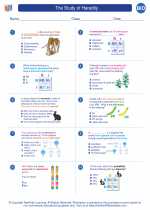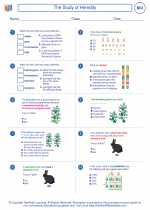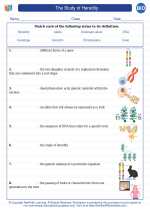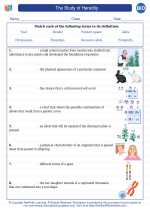Gallbladder
The gallbladder is a small, pear-shaped organ located on the right side of the abdomen, just beneath the liver. Its main function is to store and concentrate bile, a digestive fluid produced by the liver. When we eat, the gallbladder releases bile into the small intestine to help with the digestion and absorption of fats.
Anatomy of the Gallbladder
The gallbladder is divided into several parts, including the fundus, body, and neck. It has a mucous membrane lining that absorbs water and ions from bile, making it more concentrated. The gallbladder is connected to the liver and the small intestine through the cystic duct and the common bile duct respectively.
Function of the Gallbladder
The main function of the gallbladder is to store and concentrate bile produced by the liver. When we consume fatty foods, the gallbladder contracts and releases bile into the small intestine to help with the digestion and absorption of fats. Bile also helps in the emulsification of fats, making it easier for the enzymes in the small intestine to break them down.
Common Disorders
Some common disorders of the gallbladder include:
- Gallstones: These are hardened deposits of digestive fluid that can form in the gallbladder. They can cause blockages and lead to pain and inflammation.
- Cholecystitis: This is the inflammation of the gallbladder, often caused by gallstones. It can lead to severe abdominal pain, fever, and nausea.
- Cholelithiasis: This refers to the presence of gallstones in the gallbladder or bile ducts.
Study Guide
When studying the gallbladder, it's important to focus on the following key points:
- Anatomy of the gallbladder, including its location and structure.
- Function of the gallbladder in the digestion of fats and its role in storing and releasing bile.
- Common disorders of the gallbladder, such as gallstones and cholecystitis, their causes, symptoms, and treatments.
- The connection between the gallbladder, liver, and small intestine in the digestion process.
Understanding the anatomy and function of the gallbladder is crucial for grasping its role in the digestive system and the potential health issues associated with it.
.◂Biology Worksheets and Study Guides High School. The Study of Heredity

 Worksheet/Answer key
Worksheet/Answer key
 Vocabulary/Answer key
Vocabulary/Answer key
 Vocabulary/Answer key
Vocabulary/Answer key
 Vocabulary/Answer key
Vocabulary/Answer key
